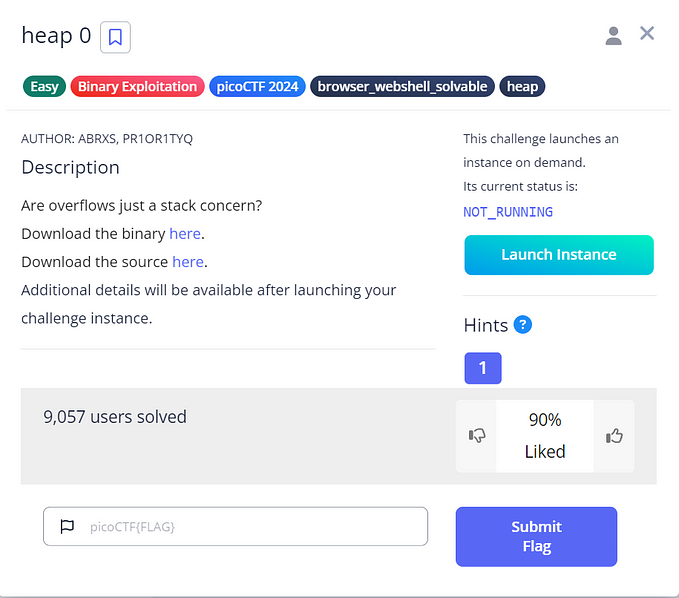Little Endian and Big Endian
Understanding Byte Order and Its Practical Applications in Golang
Little Endian and Big Endian are two widely used byte orders in computer systems, which dictate how data is stored and accessed in memory. Understanding these concepts is crucial for developers, especially when dealing with low-level programming, binary file formats, or communication protocols. In this article, we’ll discuss the differences between Little Endian and Big Endian, their use cases, and provide examples using the Go programming language (Golang).
Little Endian vs. Big Endian
Endian refers to the order in which bytes are stored for multi-byte data types such as integers or floating-point numbers. There are two primary ways to represent these values in memory:
Little Endian: The least significant byte (LSB) is stored at the lowest memory address, with the remaining bytes stored in increasing order of significance. For example, the 32-bit integer 0x12345678 would be stored as 0x78, 0x56, 0x34, 0x12.
Let’s consider the example of the 32-bit integer 0x12345678:
In hexadecimal notation, each digit represents 4 bits. Therefore, a 32-bit integer has 8 hexadecimal digits. In this case, the 8 hexadecimal digits are: 12, 34, 56, and 78.







